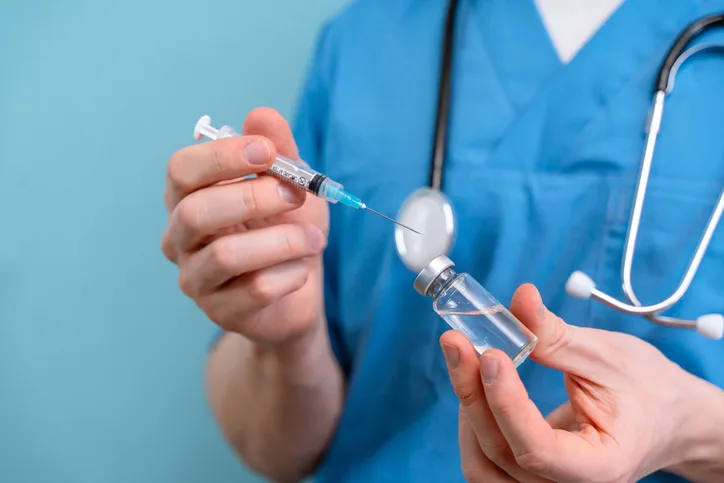Extended Use of Open Liposomal Bupivacaine Vials
Tamara Grubb, DVM, PhD, CVMA, CVPP, DACVAA, International Veterinary Academy of Pain Management Uniontown, Washington

In the Literature
Carlson AR, Nixon E, Jacob ME, Messenger KM. Sterility and concentration of liposomal bupivacaine single-use vial when used in a multiple-dose manner. Vet Surg. 2020;49(4):772-777.
The Research …
Local anesthetics prevent painful impulses from reaching the CNS and are often recommended for patients with pain amenable to being controlled via local anesthetic blockades.1-3 In addition to intraoperative analgesia (ie, antinociception during anesthesia), local anesthetics provide postoperative pain relief3; this is critically important because effective postoperative analgesics are limited. NSAIDs (ie, the main drug class used) are effective, but pain is not always controlled by NSAIDs alone and patients are not always hospitalized for treatment such as analgesic infusions. Local anesthetics administered preoperatively can be beneficial during the immediate postoperative period; however, maximum duration averages 2 to 8 hours.3 The exception to this is with liposomal bupivacaine (ie, liposome-encapsulated bupivacaine), which is FDA approved for use in both dogs4 and cats5 for ≤72 hours of analgesia. This drug can be used for a myriad of anesthetic blocks6 but has been underused, likely due to cost and the label limitation to discard any unused drug within 4 hours of vial puncturing, which increases drug waste and limits the ability to share drug cost among patients.
In the present study, the authors addressed 2 key concerns regarding the ability to extend the use of a punctured vial of liposomal bupivacaine: whether sterility is maintained and whether the liposomes degrade and release free (ie, unencapsulated) bupivacaine. Vials of liposomal bupivacaine (20 mL) were stored at room temperature (75°F [24°C]) or refrigerated (41°F [5°C]) and punctured for aliquot withdrawal each day for 5 days.
No bacterial or fungal growth occurred from any sample, except for a control vial that grew Aspergillus spp, a common environmental fungal contaminant; this vial was only punctured on the last day of sampling. The liposomes gradually degraded and released free bupivacaine, but the level was only significant on day 5, which led the authors to conclude that single-use liposomal bupivacaine handled aseptically could be used extra-label in a multidose manner for ≤4 days.
Refrigeration caused more rapid liposomal degradation, but even with degradation, the free bupivacaine in both groups remained below recommended dosages. Thus, overdose under these circumstances would not occur, but free bupivacaine would not provide 72 hours of analgesia.
… The Takeaways
Key pearls to put into practice:
Local anesthetic blockades should be considered for every surgical incision and traumatic lesion. Liposomal bupivacaine can be used in any patient and is particularly useful in those in which postoperative pain is unlikely to be controlled by NSAIDs alone and those that will not be hospitalized for analgesic infusions.
Extending the duration of use of a liposomal bupivacaine vial from 4 hours to 4 days is more cost-effective, especially in hospitals with small surgical caseloads, as the cost of liposomal bupivacaine can be shared among more patients.
The bottle top should be wiped with alcohol, and a small-gauge needle should be used to withdraw the drug. Unopened vials should be refrigerated, but slower liposomal breakdown has been shown to occur when opened vials are stored at room temperature.
To more realistically evaluate the cost of liposomal bupivacaine to the patient, the drug cost can be divided by the 72 hours of analgesia. When the label dose is administered, the current cost is ≈$0.05-$0.07/kg/hour to the clinician (before mark-up).
Liposomal bupivacaine is also available in 10-mL vials, which should further decrease cost and waste.
You are reading 2-Minute Takeaways, a research summary resource presented by Clinician’s Brief. Clinician’s Brief does not conduct primary research.